On a small island on the Seto Inland Sea in western Japan, a conspicuous statue of a polka-dotted pumpkin sits on a concrete pier, overlooking the vastness of the sea. This odd, yet striking juxtaposition perfectly encapsulates what the Naoshima project strives to achieve: an otherworldly ambience in which art and nature are allowed to co-exist without obstacles. Each year, this Mecca of contemporary art is admired by thousands of visitors, from budding artists, to billionaire collectors to curious tourists passing through the region. However, the reality of Naoshima looked much bleaker a couple of decades ago, and it took clear vision and dedicated effort to turn this small forgotten island into an ethereal place where art, architecture and nature seamlessly blend into one.
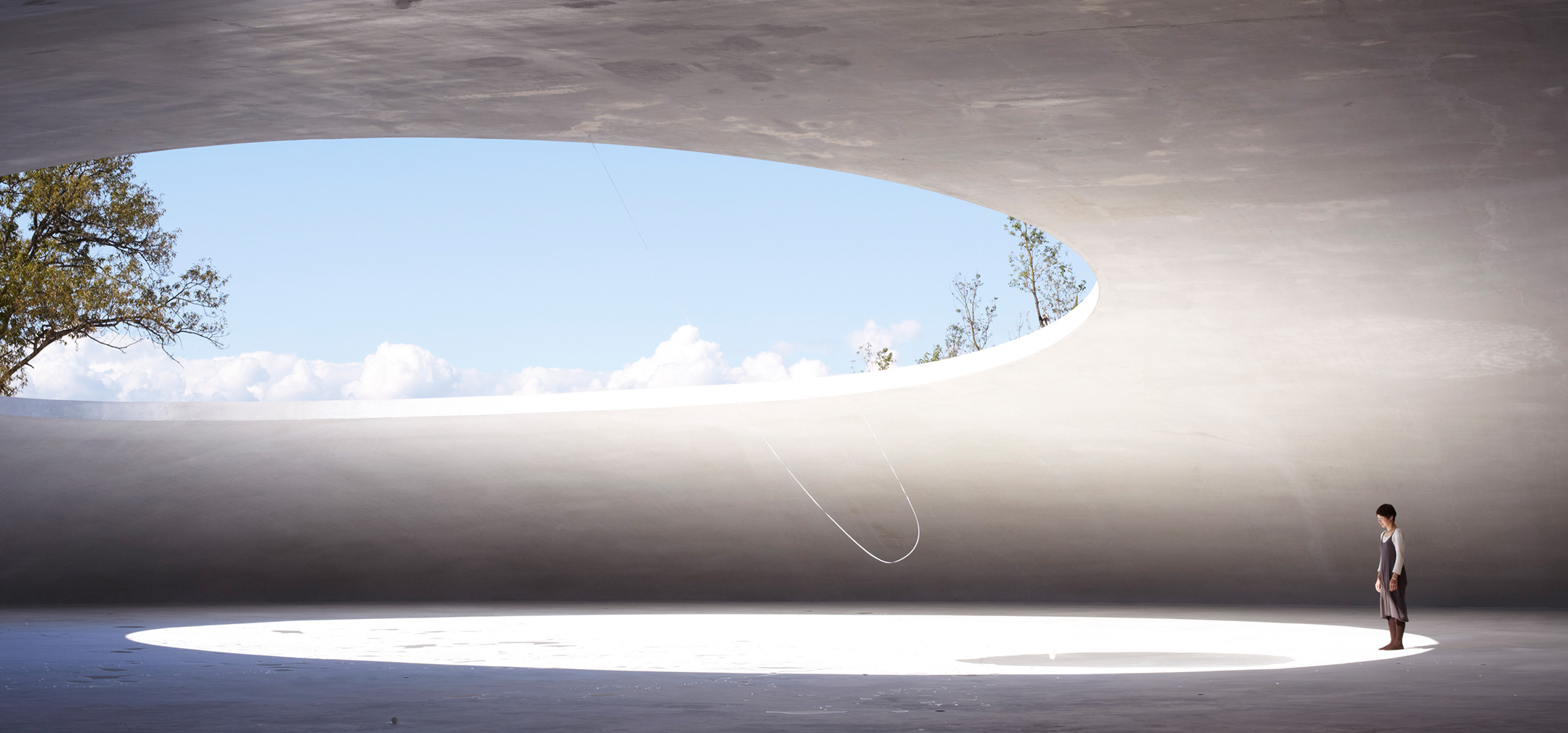
Photo by Benesse Art
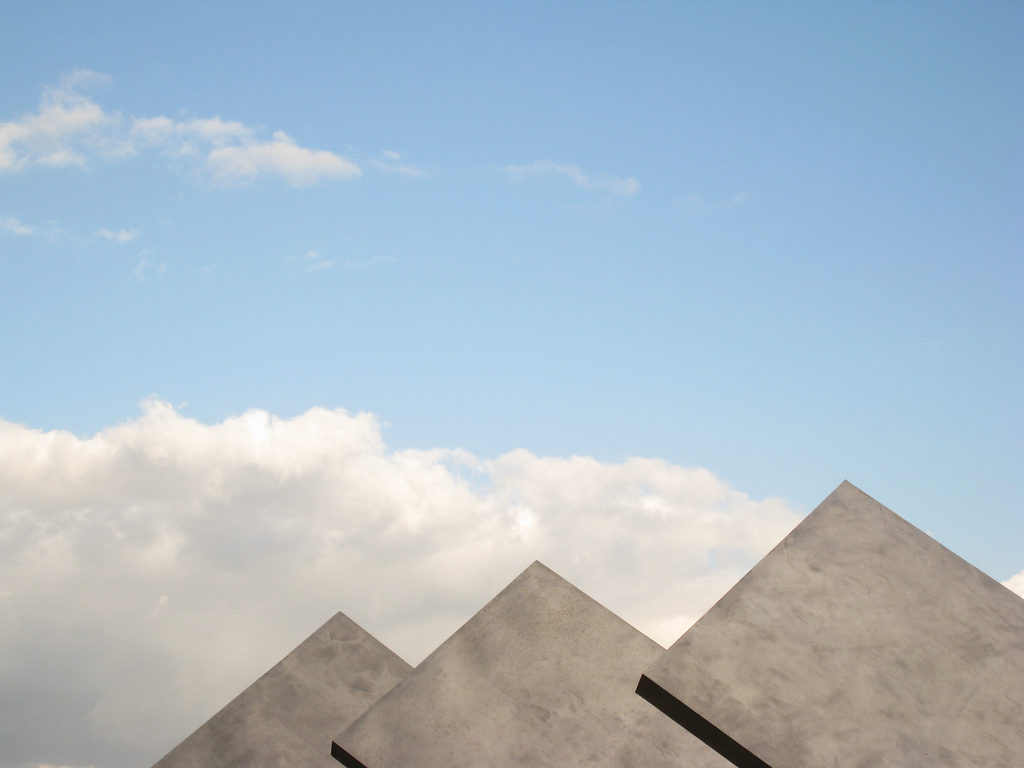
Photo by Travis Rigel Lukas Hornung
The Beginnings
Historically, Naoshima used to be a small fishing community whose fate took a turn for the worse when the area was used as dumping ground for massive amounts of industrial waste. This caused severe pollution of the surrounding sea and subsequent economic decline, forcing local population to seek opportunities elsewhere. The first steps towards the revitalization of the island were taken in 1985, when then-mayor Chikatsugu Miyake met with Tetsuhiko Fukutake, founder of the Fukutake Publishing (now Benesse Corporation), a multibillion dollar company dedicated to education and language learning. The idea behind this encounter was to discover how to infuse new life into the depressed island through promotion of arts and culture.
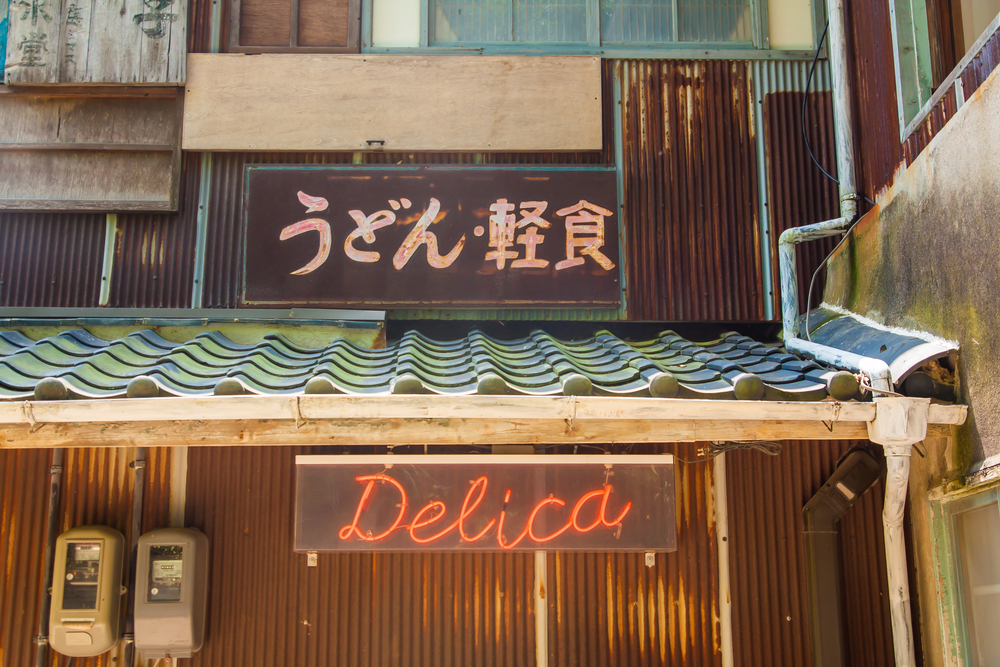

Walter De Maria’s ‘Time/Timeless/No Time’. Photo by Forgemind ArchiMedia.
The Institutions
The first results of this vision were put on display in 1989 with Naoshima International Camp, which was designed by Japanese architectural powerhouse, Tadao Ando. Three years later, the same architect designed Benesse House Museum, a multi-purpose complex that was used to house prestigious contemporary art pieces and provide luxury accommodation to guests who visit the island. In 1995, Ando designed Benesse House Oval, an annex to the original construction which featured additional rooms, but also a private monorail and rooftop gardens. Chichu Art Museum was also one of Ando’s designs, and it was constructed by physically burying geographical shapes in the ground on a nearby hillside, so each exhibited piece in the museum could be lit by natural sources.
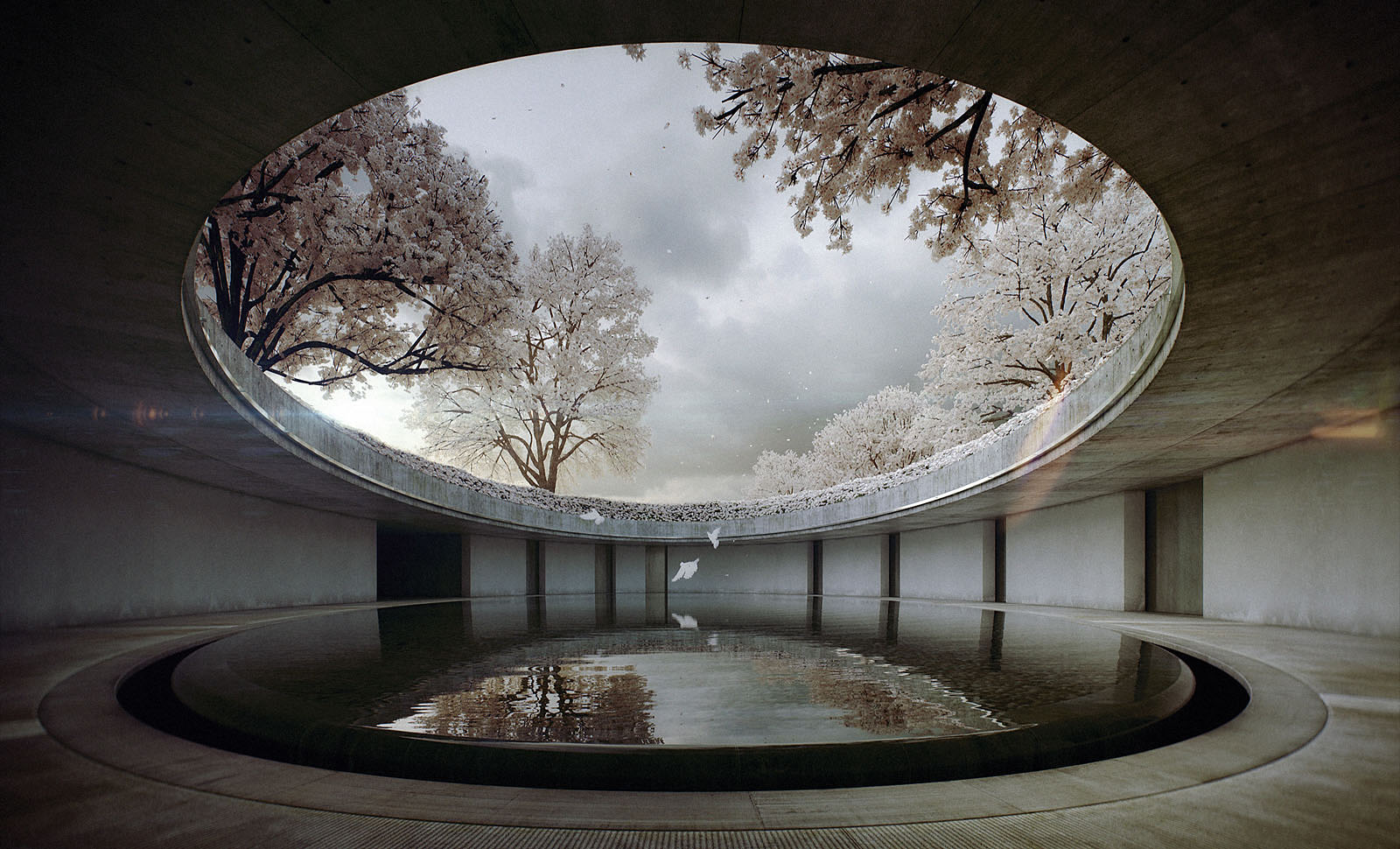
Corridor in Benesse House.
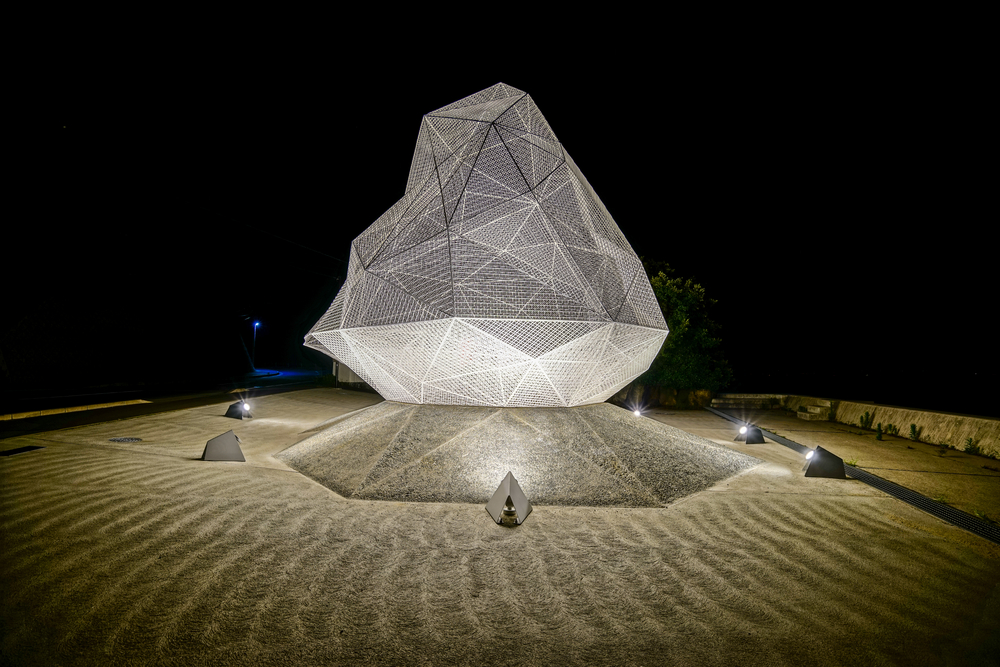
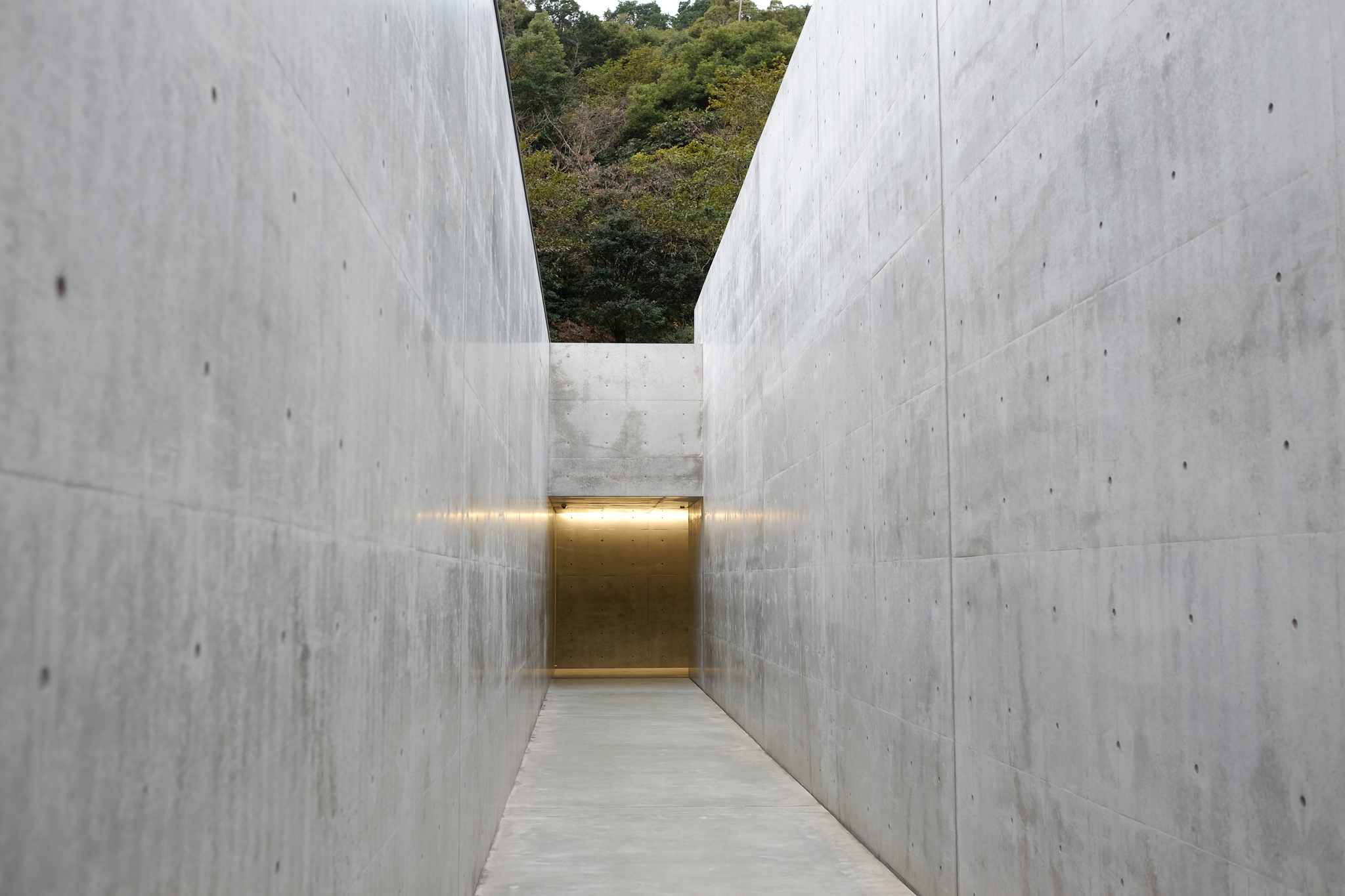
Photo by chinnian
The Art
One of the tenets behind the Naoshima project suggests that the ritual of observing art should be elevated by removing the artwork from its traditional confined spaces and placing it instead within the context of unspoiled nature, where it can be experienced fully and without interruptions. Following this principle, an exhibition titled “Out of Bounds” was set up in 1994, where works by some of the biggest names in contemporary art world could be viewed in an outdoor environment, highlighting the symbiotic relationship between art and the landscape surrounding it.
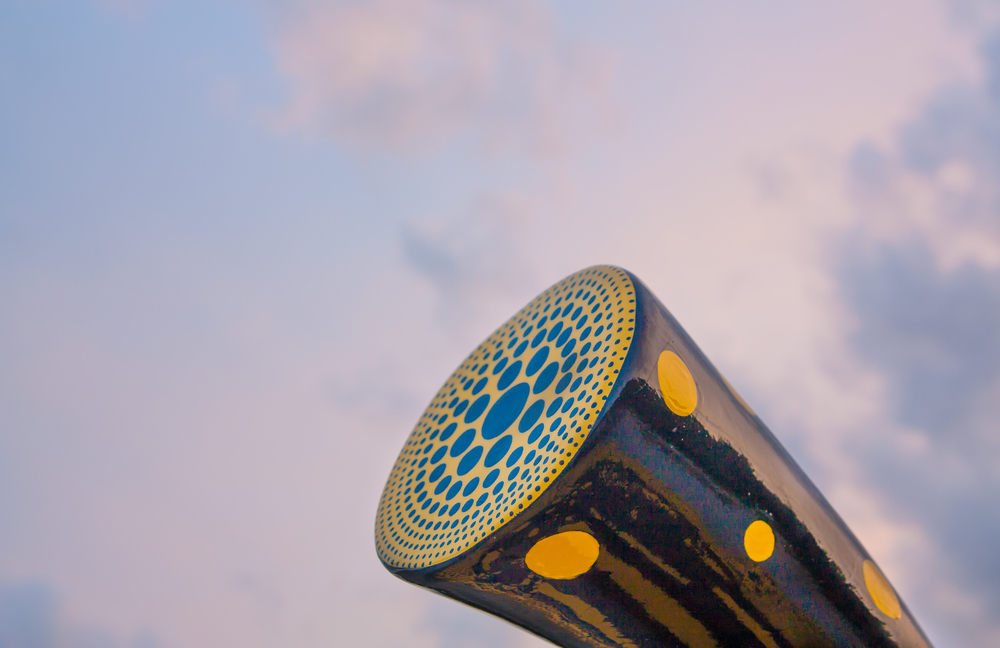
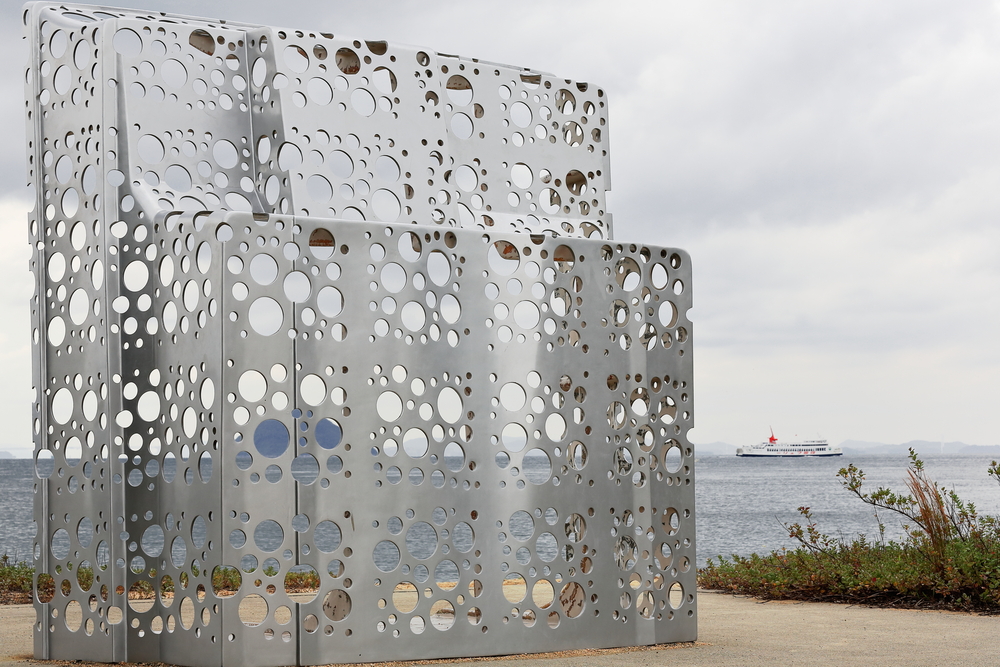
One of the most striking pieces displayed at this exhibition was Yayoi Kusama’s Pumpkin, which has since become the emblem of the island. Over time, Naoshima moved from acquiring artwork from galleries and private collections to commissioning site-specific installations, some of them made by renowned artists such as Cai Guo-Qiang, Dan Graham and Kazuo Katase. The harmonious bond between artistic works and Naoshima’s natural scenery has also been embodied through Chichu Art Museum, whose entire construction was designed specifically to host the works of three artists: Claude Monet, James Turrell and Walter de Maria.
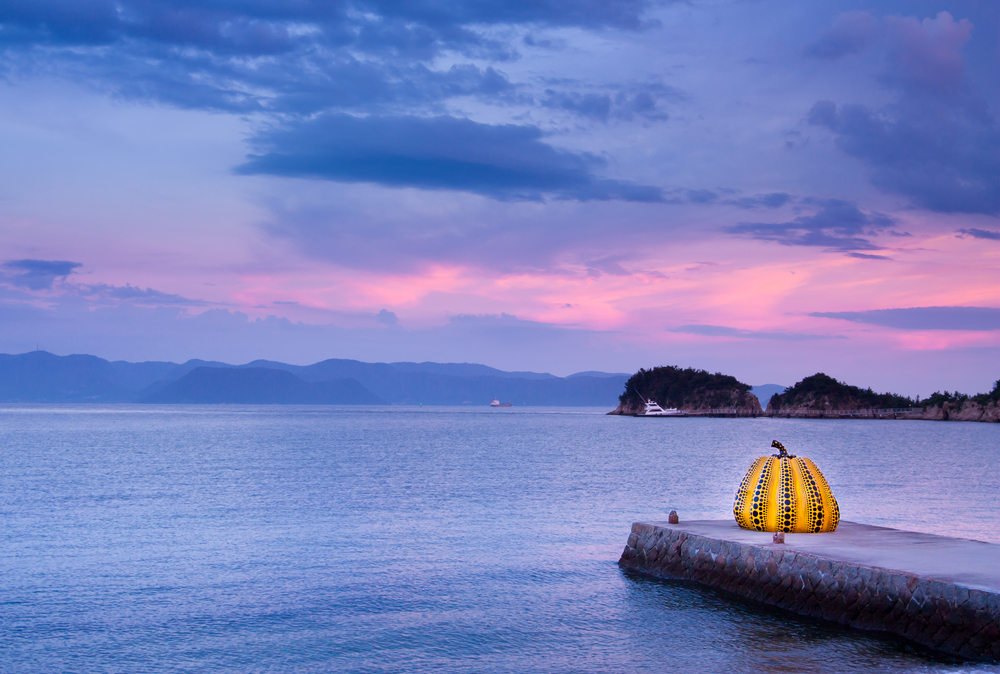

The Lee Ufan Museum. Photo by Kimon Berlin.
It was also meticulously constructed in such a way that the island’s natural elements could be utilized in order to heighten the act of observing art. Another one of Naoshima’s landmarks is the Lee Ufan Museum, dedicated to one of the most prominent painters of Korea. This project was a joint effort of Lee Ufan and Tadao Ando, who combined his ingenious design with the tranquility of the surrounding nature to provide a perfect setting for Lee’s contemplative minimalist pieces.

Seascape from Naoshima. Photo by Chiu Heiyan.
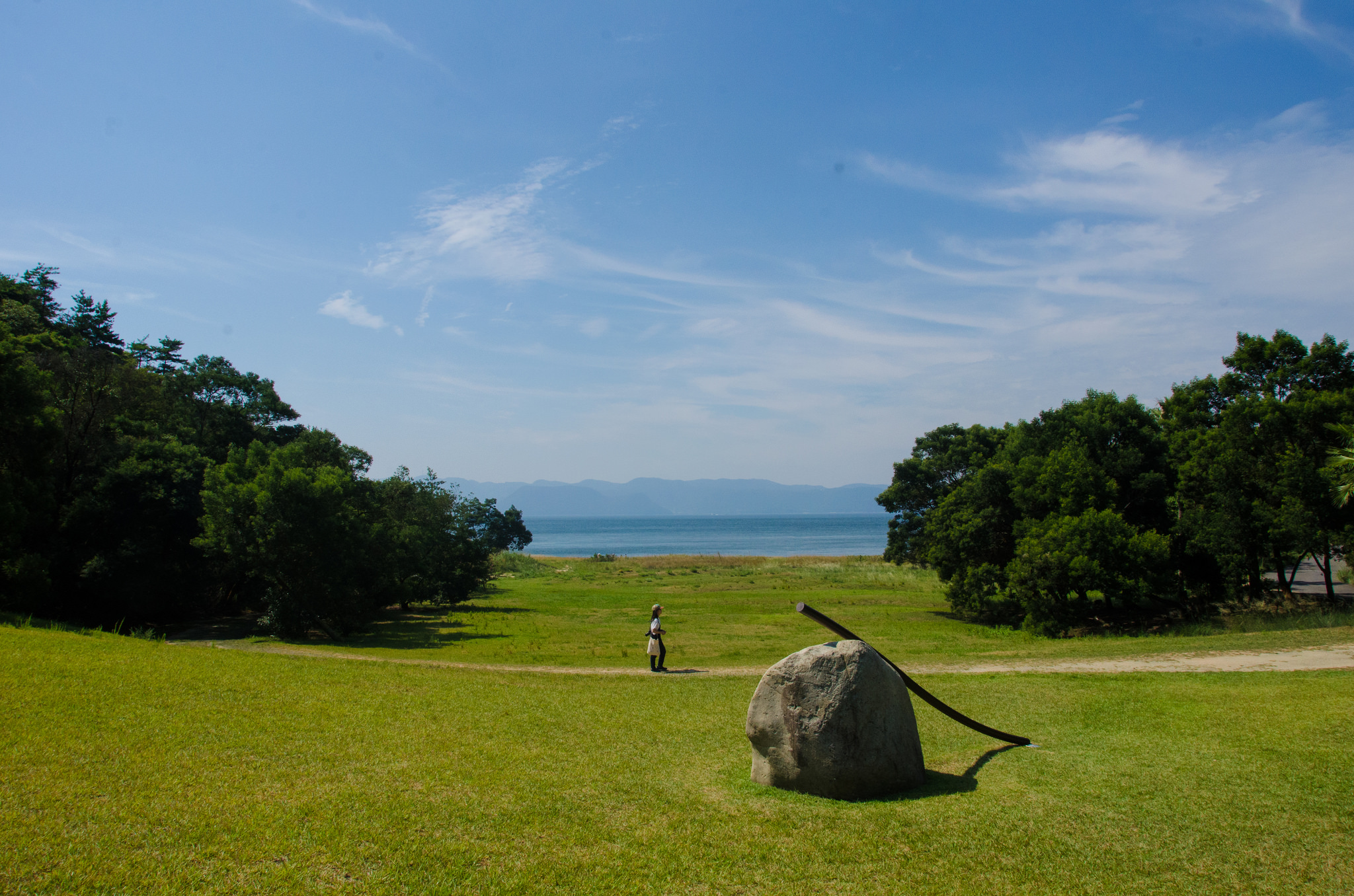
Photo courtesy of cotaro70s

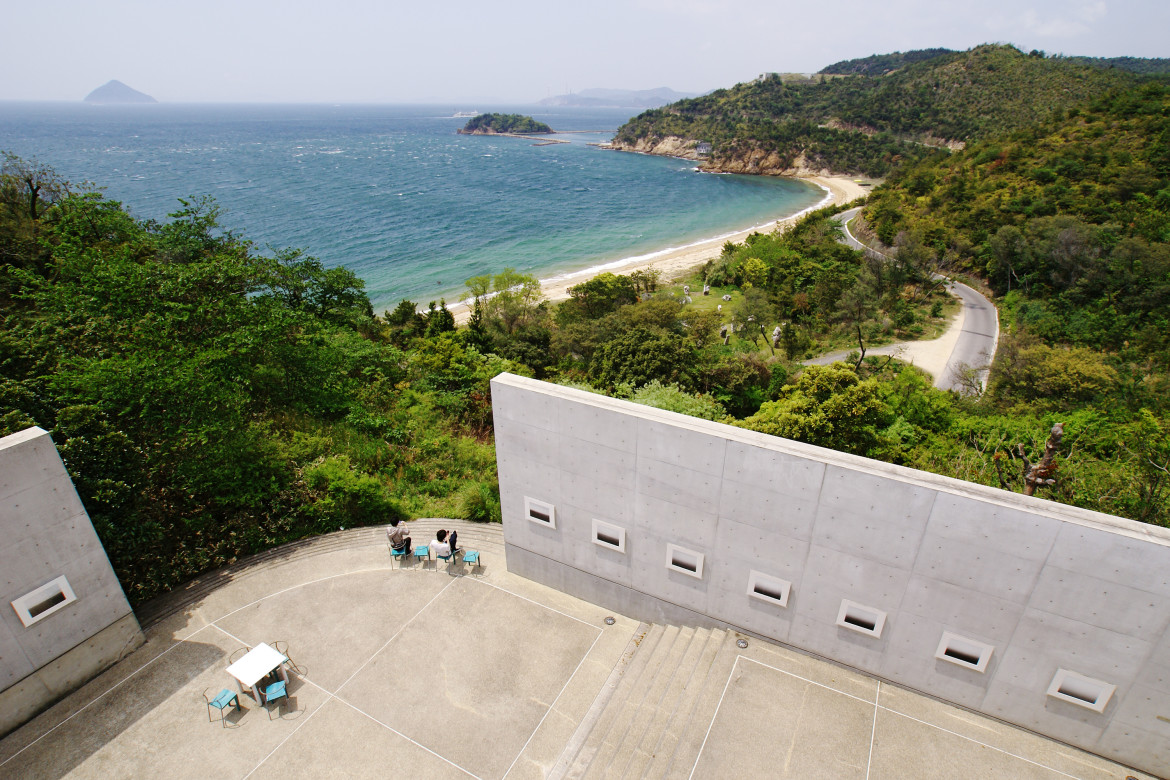





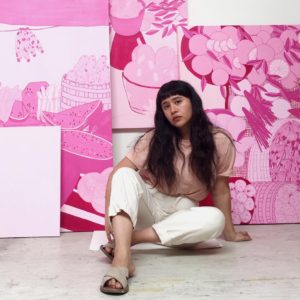
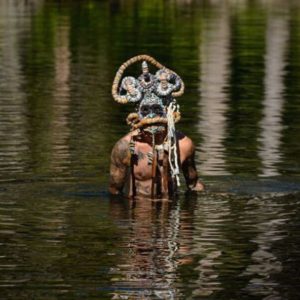
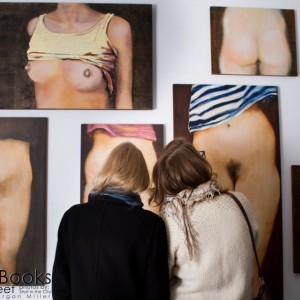
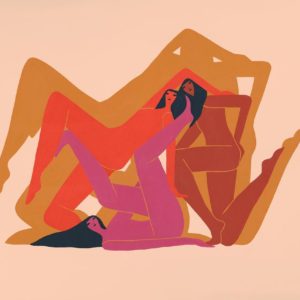
Leave a reply